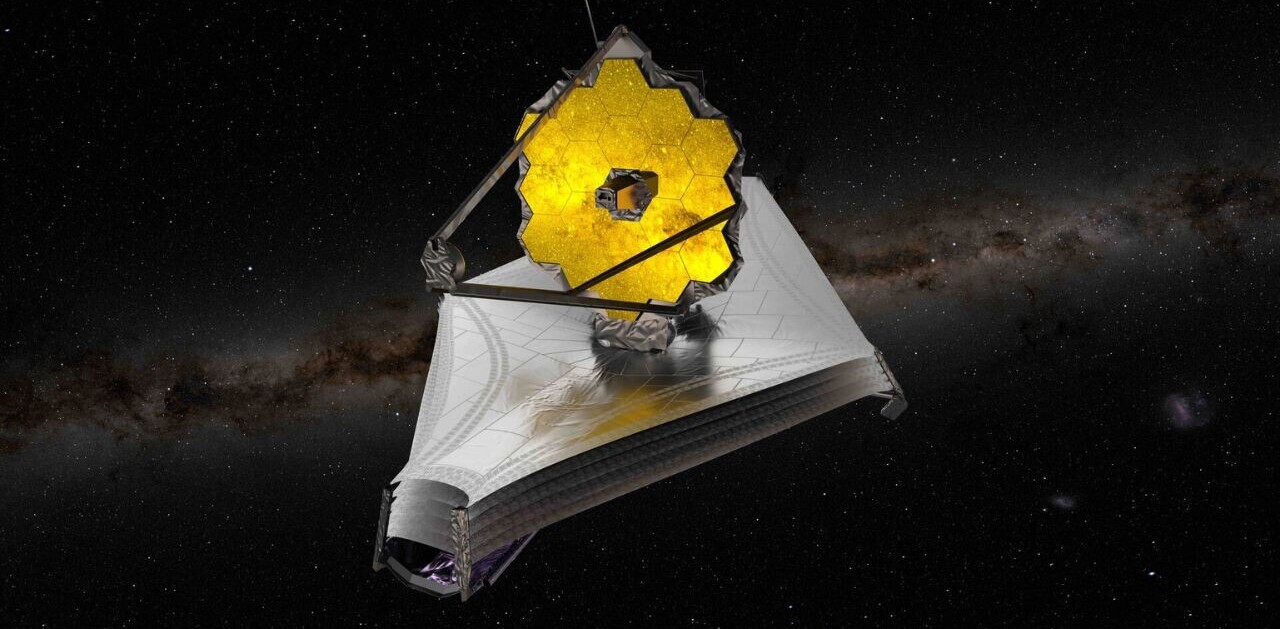
Europe’s Juice spacecraft has completed the world’s first lunar-Earth flyby.
The Jupiter Icy Moons Explorer — aka Juice — harnessed the gravity of Earth to sling itself in the direction of Venus.
The route will provide a shortcut to Jupiter through the inner Solar System.
Juice made it closest approach to the Moon at 23:15 CEST on August 19. Gravitational forces then guided the spacecraft towards a closest approach to Earth at 23:56 CEST the next day.
The European Space Agency (ESA) conducted the manoeuvre. By harnessing the gravity of both the Moon and Earth, ESA successfully altered the flight’s speed and direction.

The Moon flyby first accelerated Juice by 0.9km/s relative to the Sun. The Earth flyby then reduced that speed by 4.8km/s.
Over the entire flyby, the spacecraft was deflected by an angle of 100° compared to its prior trajectory.
“The gravity assist flyby was flawless, everything went without a hitch, and we were thrilled to see Juice coming back so close to Earth,” says Ignacio Tanco, an operations manager for the mission.
Juice is now on course to meet Venus in August 2025. A Venus flyby will then boost the spacecraft back past Earth, before two further boosts send it to Jupiter. It’s slated to arrive there in July 2031.
Juice will then study three of Jupiter’s 92 known moons: Ganymede, Callisto, and Europa.
Get the TNW newsletter
Get the most important tech news in your inbox each week.





